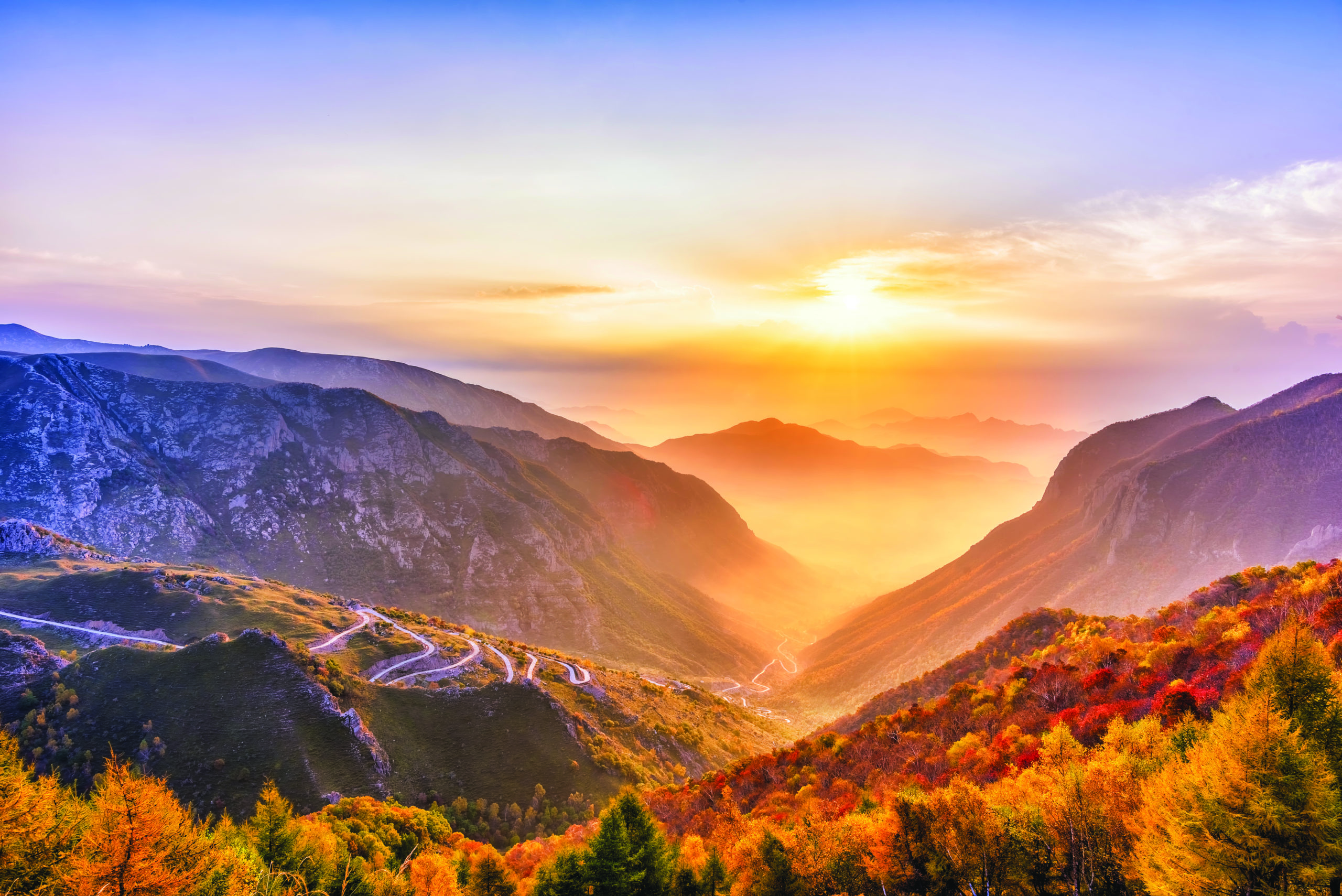After second Soka Gakkai President Josei Toda’s passing on April 2, 1958, Ikeda Sensei (then Soka Gakkai chief of staff) not only grappled with the loss of his beloved mentor but also deeply considered how to carry on his mentor’s work of advancing kosen-rufu.
He recalled Mr. Toda saying: “The Gakkai should advance a major step every seven years”; “Let’s sound a bell every seven years to mark our progress toward kosen-rufu. Let’s aim to strike seven bells!” Mr. Toda had also asked him in February 1958, “Do you think you can accomplish a membership of 3 million households in the next seven years?”[1]
Thinking of these words, Sensei realized that the Soka Gakkai since its inception had made significant steps every seven years:
- Nov. 18, 1930: Tsunesaburo Makiguchi and Josei Toda published The System of Value-Creating Education, marking the founding of Soka Kyoiku Gakkai (Society for Value-Creating Education).
- Autumn, 1937: A formal inauguration ceremony kicked off the organization’s efforts in earnest.
- Nov. 18, 1944: President Makiguchi died in prison.
- May 3, 1951: Josei Toda was inaugurated second president.
On May 3, 1958, Sensei announced the concept of the Seven Bells, describing the above milestones as the first four of the seven bells. The remaining three bells played out as follows:
- Fifth Bell (1958–65): Sensei’s inauguration as third president (1960), reaching a membership of 3 million households (1962) and beginning The Human Revolution (1964).
- Sixth Bell (1965–72): Membership of 7.5 million households and Sensei establishing Soka University (1971).
- Seventh Bell (1972–79): Solidifying kosen-rufu in Japan and beginning the full-fledged global spread of Nichiren Buddhism with the founding of the SGI (1975).
In addition, on May 3, 1966, Sensei announced the second set of Seven Bells to begin in 2001. Decades later, Soka University of America opened on May 3, 2001, signaling the start of the second set of Seven Bells. Just a few days prior, on April 26, 2001, Sensei said:
We have made a powerful fresh start toward the year 2030, the Soka Gakkai’s centennial, and also set forth on a new, second series of Seven Bells. Let us press forward, making every seven years and every decade a momentous milestone of victory and hope. First of all, let’s aim to triumphantly celebrate these milestones leading up to the year 2030:
• May 3, 2008, when the first bell ends.
• May 3, 2010, the year of the Soka Gakkai’s 80th anniversary.
• May 3, 2015, when the second bell ends.
• May 3, 2020, the year of the Soka Gakkai’s 90th anniversary.
• May 3, 2022, when the third bell ends.
• May 3, 2029, when the fourth bell ends.
• May 3, 2030, the year of the Soka Gakkai’s 100th anniversary.
The year 2050, meanwhile, will be a double milestone as we celebrate the Soka Gakkai’s 120th anniversary and the end of the second series of Seven Bells.[2]
He also expressed that, from the broader view of history, Nichiren appeared some 700 years after Buddhism arrived in Japan, and 700 years after the Daishonin’s time, the Soka Gakkai was founded.
“Were it not for the Soka Gakkai,” he said, “the Lotus Sutra and the Daishonin’s writings would all have been rendered false. The start of each 700-year period has invariably signaled a time for protecting the lifeblood of the correct teaching of Buddhism—a task that can only be achieved through a colossal struggle of faith.”[3]
On another occasion, he laid out his far-reaching vision for the development of kosen-rufu.
- Second Seven Bells (first half of the 21st century): Consolidate the groundwork for peace in Asia and throughout the world.
- Third Seven Bells (latter half of the 21st century): Establish the respect for the dignity of life as the underlying spirit of the age.
- Fourth Seven Bells (first half of the 22nd century): Lay an indestructible foundation for lasting world peace.
- Fifth Seven Bells (latter half of the 22nd century): Create a brilliant flowering of humanism.
The middle of the Sixth and Seventh Bells in the 23rd century, he noted, will mark the millennial anniversary of Nichiren Buddhism and the start of a new phase of kosen-rufu. He affirmed:
These are, of course, not “prophesies.” Rather, they are my determinations for the future arising from my wholehearted prayers for peace.
What will the future be like? No one knows. All we know is that the effects that will appear in the future are all contained in the causes we make in the present. The important thing, therefore, is that we stand up with a lofty purpose in our hearts, unswayed by our short-term circumstances.
All of us who are now striving for kosen-rufu with unshakable conviction are, in reality, creating the 21st, 22nd and 23rd centuries.[4]
—Prepared by the SGI-USA Study Department
You are reading {{ meterCount }} of {{ meterMax }} free premium articles

